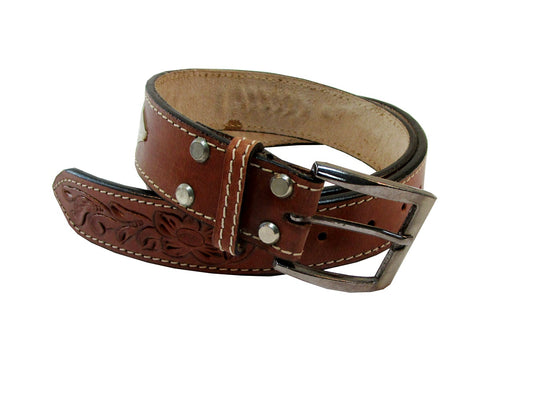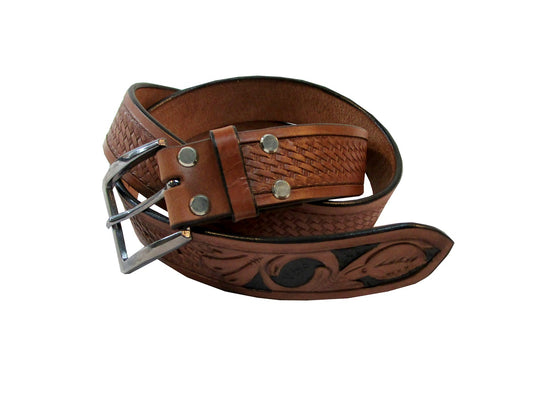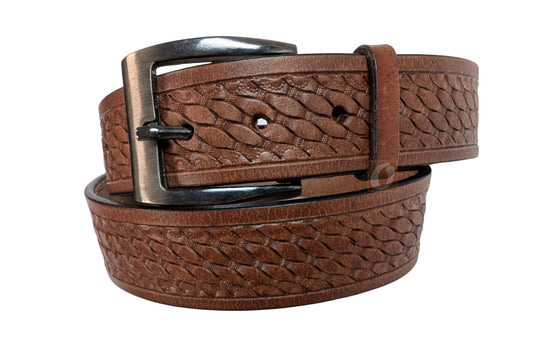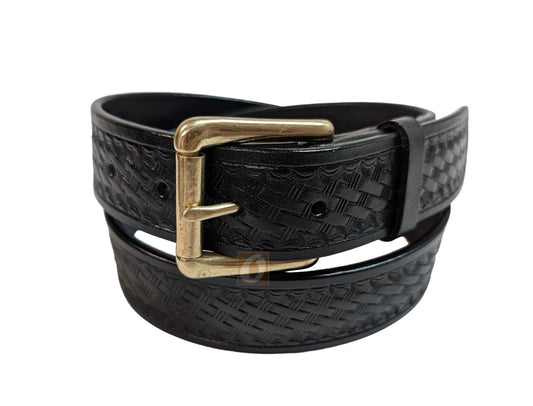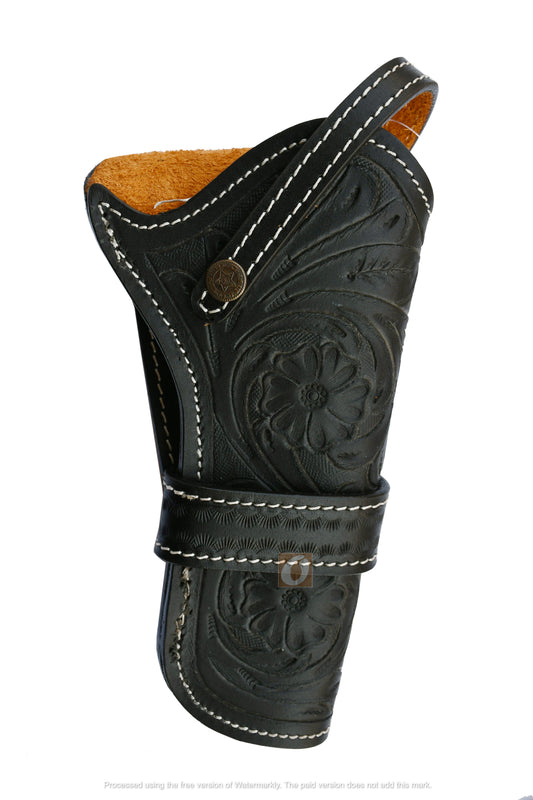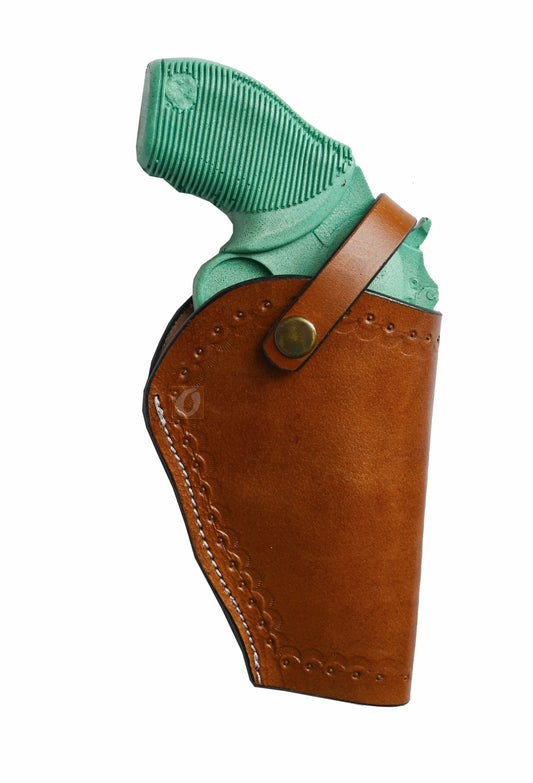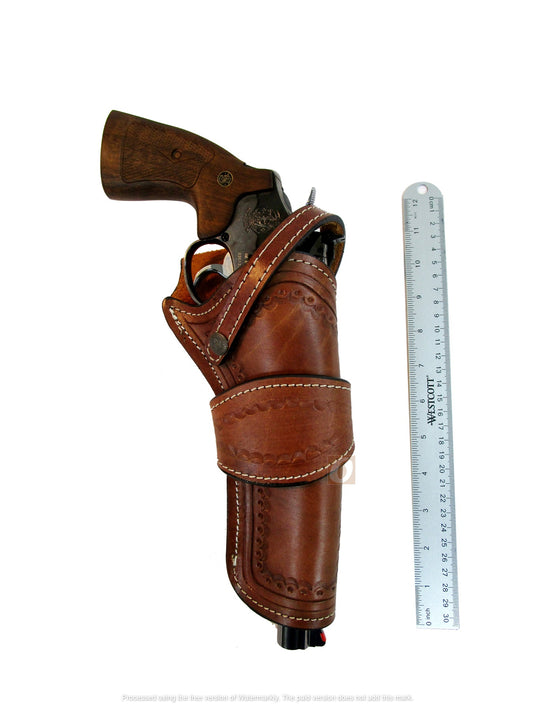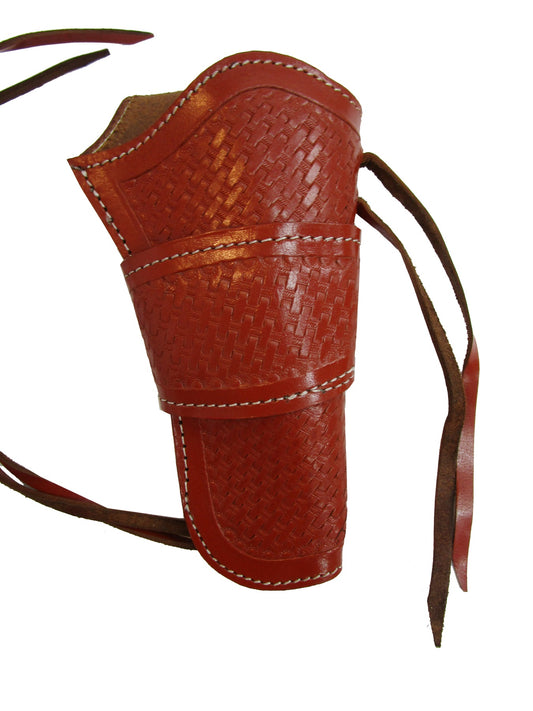Holsters for Training: Which Type Is Best for Your Practice Sessions?
Holsters for Training: Which Type Is Best for Your Practice Sessions?
When it comes to firearm training, selecting the right holster can make all the difference in your practice sessions. Whether you're honing your concealed carry skills or practicing for competition, a holster for your handgun should be both safe and efficient. A holster that offers quick access while ensuring security is essential for developing proper technique, improving draw speed, and mastering safe handling. In this guide, we'll explore the best types of holsters for training, tips for safe draws, and recommendations for holsters for everyday carry (EDC), and much more.
The Importance of the Right Training Holster
During training, comfort, accessibility, and safety are paramount. A good firearm holster needs to strike a balance between secure retention and fast access, enabling you to practice your draw smoothly while also ensuring that your gun stays in place during movement. Whether you're practicing defensive maneuvers, tactical scenarios, or simply improving your speed at the range, the right holster will support your technique.
So, which holster is the best for your training needs? Here are a few types to consider:
1. IWB Holster (Inside-the-Waistband) for Concealed Carry Training
The IWB holster is a top choice for concealed carry (CCW) practice. This type of holster sits inside your waistband, offering discretion and comfort for concealed carry while you train. It allows you to practice quick, smooth draws while maintaining a low profile for daily carry. IWB holsters are particularly beneficial if you want to practice carrying concealed in real-world scenarios.
- Best for: Concealed carry practice and everyday carry (EDC) training
- Recommended products: Best holsters for concealed carry such as custom options or leather holsters for added comfort
2. OWB Holster (Outside-the-Waistband) for Open Carry Training
If your training involves open carry or defensive tactics, an OWB holster is a great option. These holsters are worn outside the waistband, offering a faster draw and more accessible positioning for your firearm. While not as concealable as IWB holsters, OWB holsters provide a smooth and fast draw, especially useful when practicing in environments where concealment is not a concern.
- Best for: Open carry, tactical drills, and defensive training
- Recommended products: High-quality leather gun holsters or holsters for revolver and holsters for Glock or holsters for SIG
3. Leather Holsters: Comfort and Durability for Extended Practice
For many, leather holsters are a top choice for training due to their comfort and long-lasting durability. The leather molds to your body and firearm over time, offering a custom fit that can improve your draw. Leather holsters can be found in both IWB and OWB designs, making them versatile enough for a variety of training scenarios.
- Best for: Comfort, durability, and classic styling
-*Recommended products: Leather holster for handgun, western gun holsters, and custom options for personalized fit
4. Cross Draw Holsters for Practical Training
A cross draw holster positions your firearm on the opposite side of your dominant hand. This style is often used for seated positions or when you need to access your firearm without crossing over your body. Cross draw holsters are ideal for tactical training where you might be sitting in a vehicle or working in tight spaces.
- Best for: Training in confined spaces, vehicle carry, or defensive scenarios
- Recommended products: Cross draw holsters for enhanced accessibility
5. Custom Holsters for Perfect Fit
When it comes to firearm training, the fit of your holster matters. A custom holster is tailored to your specific firearm, ensuring a perfect fit and allowing for a faster, smoother draw. This is especially important if you’re using a less common firearm or need specific features (like extra retention or adjustable cant). Custom holsters are ideal for those serious about improving their draw speed and practicing with the utmost precision.
- Best for: Those who want the perfect fit for their firearm (e.g., holster for Glock, holster for SIG, or holster for revolver)
- Recommended products: Custom holster for gun or holster for pistol
Tips for Training with a Holster
Now that we've covered the different types of holsters, it's time to dive into some tips for using them effectively during training:
1. Practice Safe Draws and Holstering Techniques
When training with any holster, practicing safe draws and holstering techniques is crucial. Always ensure the firearm is pointed in a safe direction and that your trigger finger is off the trigger until you're ready to engage. When drawing, focus on a smooth, deliberate motion. Avoid jerking the firearm out of the holster, as this can cause accidents or misfires.
2. Work on Speed and Accuracy
Speed is essential in training, but not at the expense of accuracy or safety. Start slow, focusing on technique, and then gradually increase your speed as you become more comfortable with the draw. Whether you’re using an IWB holster for concealed carry or an OWB holster for open carry training, ensure that you can draw without fumbling or struggling with retention devices.
3. Master One-handed Draws
It’s important to practice drawing and holstering with your non-dominant hand as well. Many training scenarios, such as self-defense situations, may require you to use your non-dominant hand. Make sure to train with both hands for versatility and preparedness.
4. Holster Security is Key
Retention is a critical element of your holster choice. Whether you're using a holster for everyday carry (EDC) or training for tactical situations, ensure your holster has a secure retention system that will hold the firearm in place. Too much retention can slow down your draw, while too little can lead to accidents or loss of your firearm.
Conclusion: Choose the Right Holster for Your Training
Selecting the right holster for handgun training depends on your specific needs, whether you're working on concealed carry, open carry, or tactical training. Consider factors like comfort, draw speed, security, and retention when making your choice. Holsters like the IWB holster, OWB holster, and leather gun holster are excellent options for practice, each offering distinct benefits.
For the best results, choose a holster for pistol or custom holster that suits your carry style, firearm, and training goals. Remember, consistent practice and safe techniques are key to becoming proficient with your firearm, and the right holster can make all the difference in your success.
If you're looking for high-quality holsters for training or concealed carry, check out our selection at Saddle Online Shop! Whether you need a leather holster, EDC holster, or a holster for revolver, we have the perfect fit for your needs.
If you are looking for Gun Holster . Visit our Holster collection . Our Holster for Revolver are handcrafted. Our Leather Holster are great to secure your firearms.

